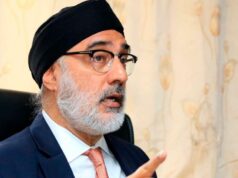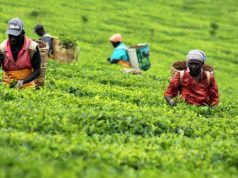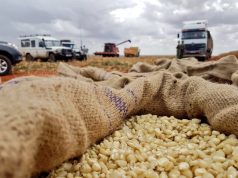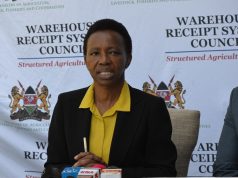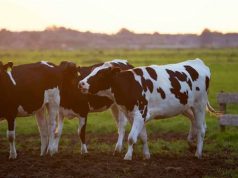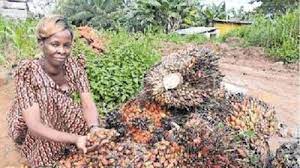
Ugandan small-holder growers are earning regular incomes from the sale of oil palm seed.
James Lutaya is a well-known Ugandan oil palm tree grower in the Kalangala district’s Busanga hamlet. He cultivated 55 acres of oil palm, with 30 acres each going to his nine children and wife. With the proceeds from his 25 acres, he was able to build a permanent home, acquire a vehicle, and send his children to school.
Lutaya, who was previously a coffee grower, says no crop yields better income than oil palm.
“Farmers who follow best practices are making good money out of this crop,” he says.
From his 25 acres, he harvests between three and five Tonnes every 10 days, which brings in about $3,500 a month at the current price that Oil Palm Uganda Ltd (OPUL) is paying for raw palm seed.
Uganda has replaced around 9% of its annual vegetable oil imports and lifted thousands of smallholder farmers out of poverty a decade and a half after starting oil palm growing in the island district of Kalangala. The sale of oil palm seed to OPUL, a joint venture between Kenya’s Bidco Oil and the global palm oil giant OPUL, ensures a steady income for 1,850 smallholder growers.
The government now wants to duplicate the concept in other impoverished areas in the Lake Victoria Basin after it proved successful in Kalangala. According to Connie Magomu Masaba, the National Oil Palm Project’s coordinator, new plantations are being developed in Buvuma, where 900 hectares of a planned 5,000-hectare plantation have been planted since January. Other areas are Mayuge, greater Masaka and Sango Bay in southern Uganda.
“The major social impact of oil palm on communities is not the amount of money it gives farmers but the regularity of income. With that, one is able to plan and save, which is not possible with many other crops,” said Ms. Masaba.
Expanding the crop area is an imperative because under its agreement with OPUL, the government was supposed to make 40,000ha available for planting oil palm trees. So far, less than half has been provided. OPUL’s Damanik said Uganda will need 100,000ha under oil palm if it is to fully substitute its palm oil imports at the current consumption rates. He adds that such production can only be achieved through oil palm because of its higher yield of oil compared with other crops, which would require a lot more land.
David Balilonda, the general manager of Kalangala Oil Palm Growers Trust (KOPGT), said progress has been slow because of activism by international NGOs who accused the project of decimating natural forests and dispossessing poor people of their land. Mr. Balilonda dismissed the charge, saying 70 percent of the project was developed on marginal land such as grasslands and rocky outcrops, which have now become productive.
The marginal land was allocated to OPUL because it involved higher capital costs to develop, which could not be managed by local residents. The other 30 percent is on privately-owned land whose owners cut down trees to open land to oil palm plantations. Land acquisition was also slow because owners had to be compensated, he added.
Oil palm cultivation in Uganda only gained traction after OPUL joined the project in 2003, as part of a $100 million project funded by the International Fund for Agricultural Development (IFAD). Every year, Uganda consumes 550,000 tons of vegetable oil.



